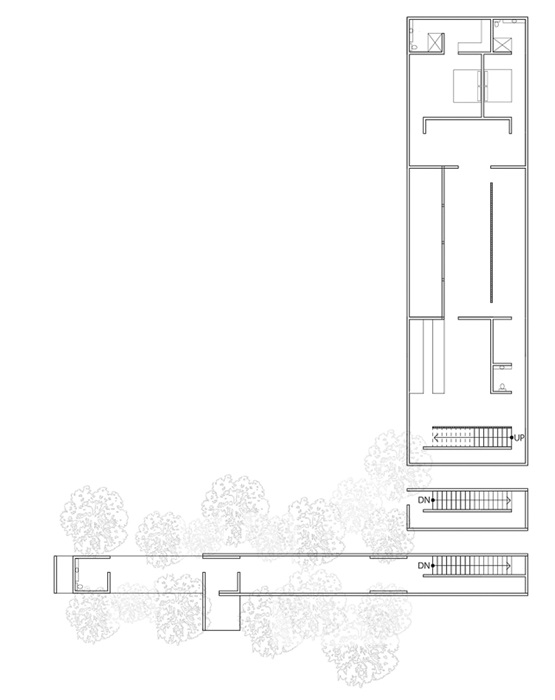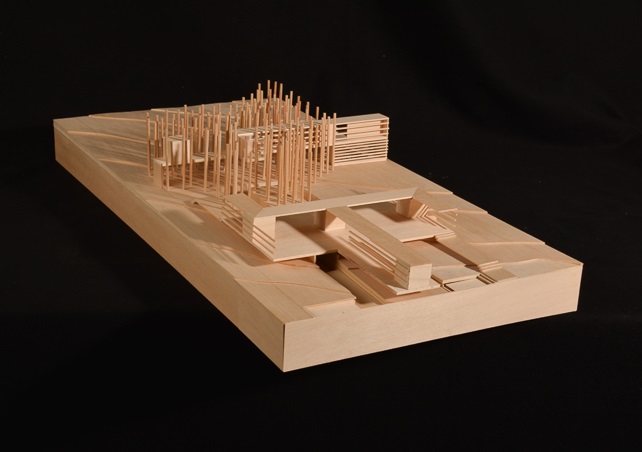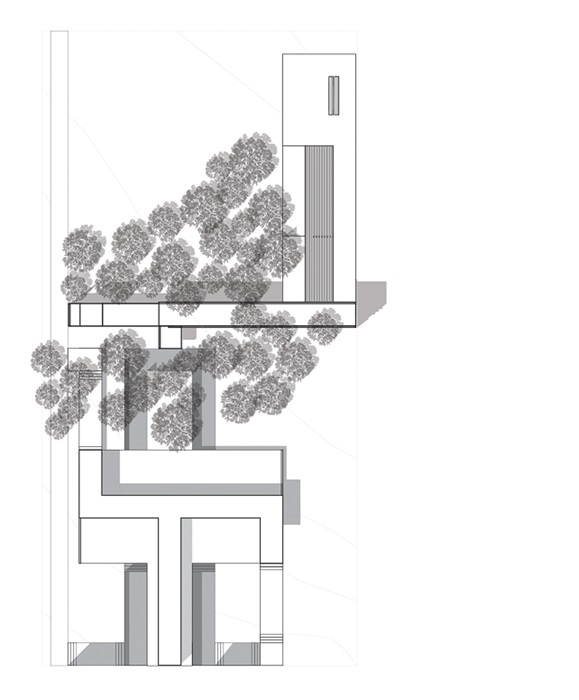Architecture | Research and Creative Work
Caretaker's House
Date: 1/23/2018
Student Researchers: Pamela April
Faculty Advisor: Annicia Streete
Researching a traditional Japanese Tea House was the foundation for my two designs occupying adjacent sites: a tea house for here and now as well as a caretaker’s house. Beginning with the idea of visual repetition my design concept eventually transformed into a more complex one – that of literal and phenomenal multiplicity. For both of these projects, it became essential that the occupants be able to experience visual duplications as well as experiential diversity. The presence of the natural vegetation on the caretaker site aided my design in providing a tree-house like experience on a raised platform out of sight of the public eye, while simultaneously allowing the caretaker to have a view of anything he or she desires at any time. While the two sites present different experiences, they share a definite connection through the use of proportions and regulating lines. Inversely, the caretaker can retreat to their underground abode and experience extreme privacy, after stepping down a transitional staircase connecting the lookout level and underground level. The private sector of the caretaker’s house exists on the unoccupied space of its twin tea house site directly to the south, reinforcing the separation of public and private life.



